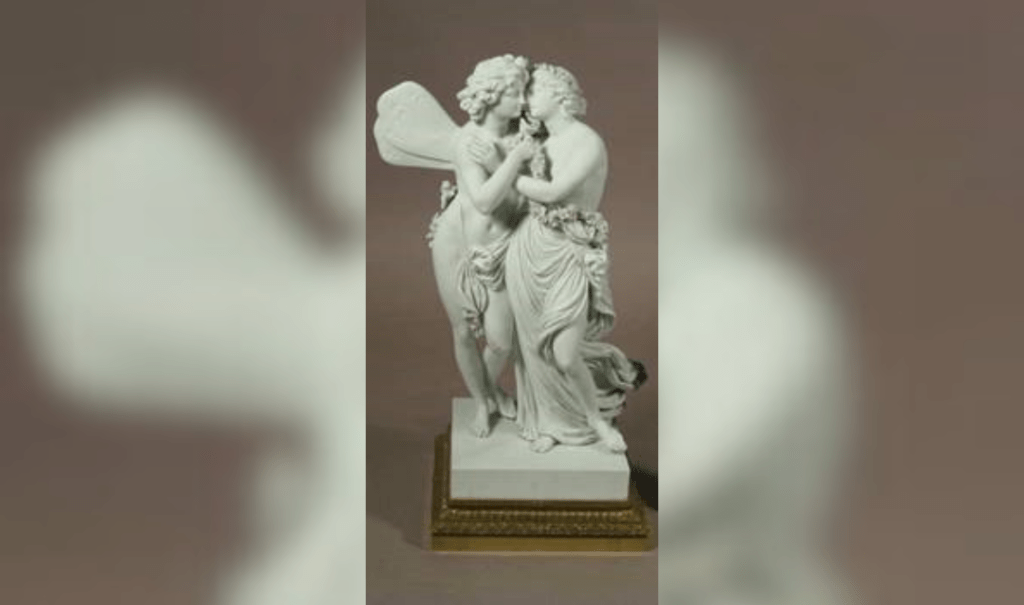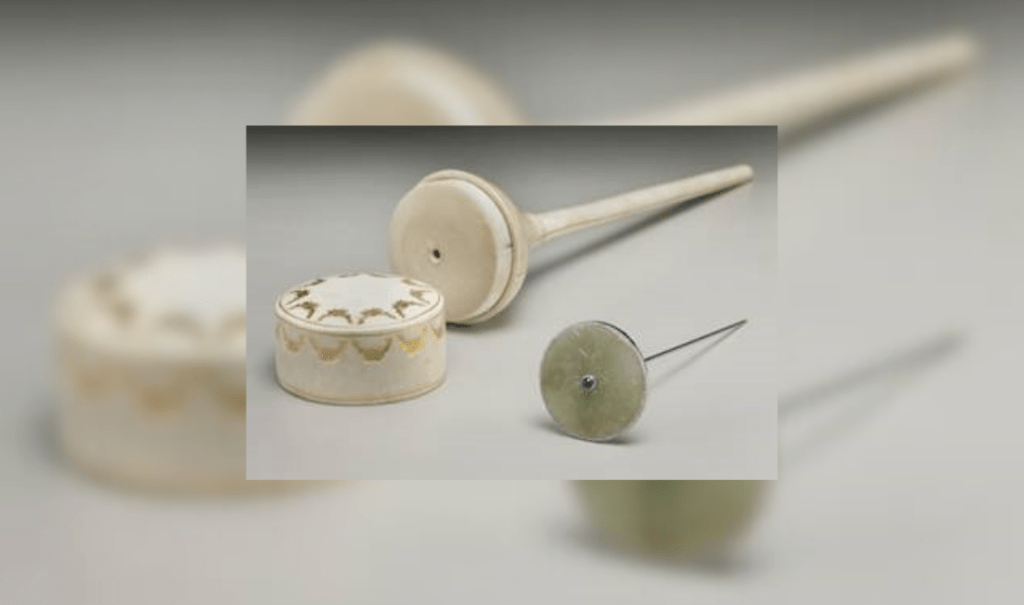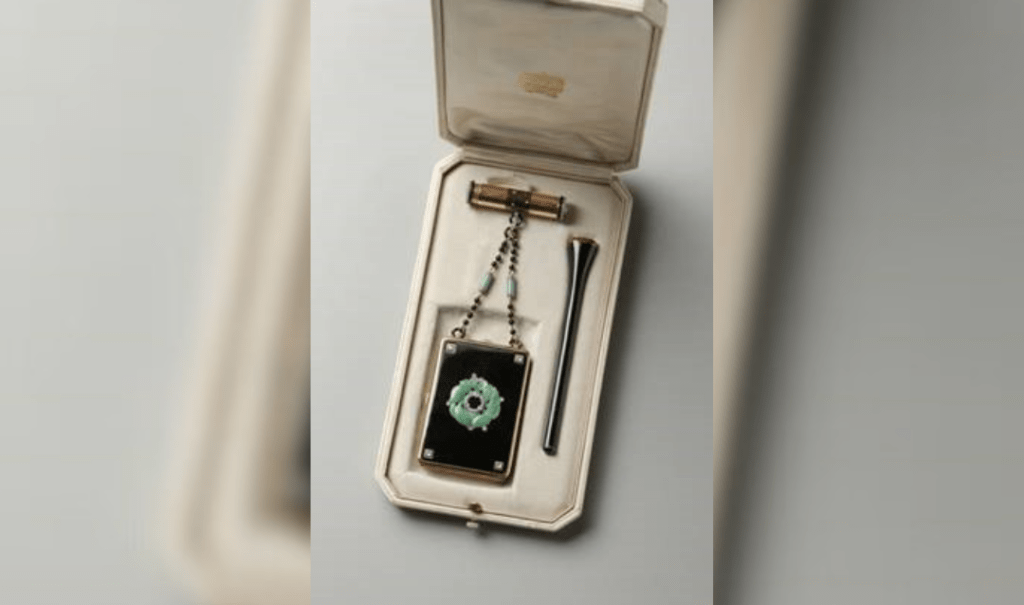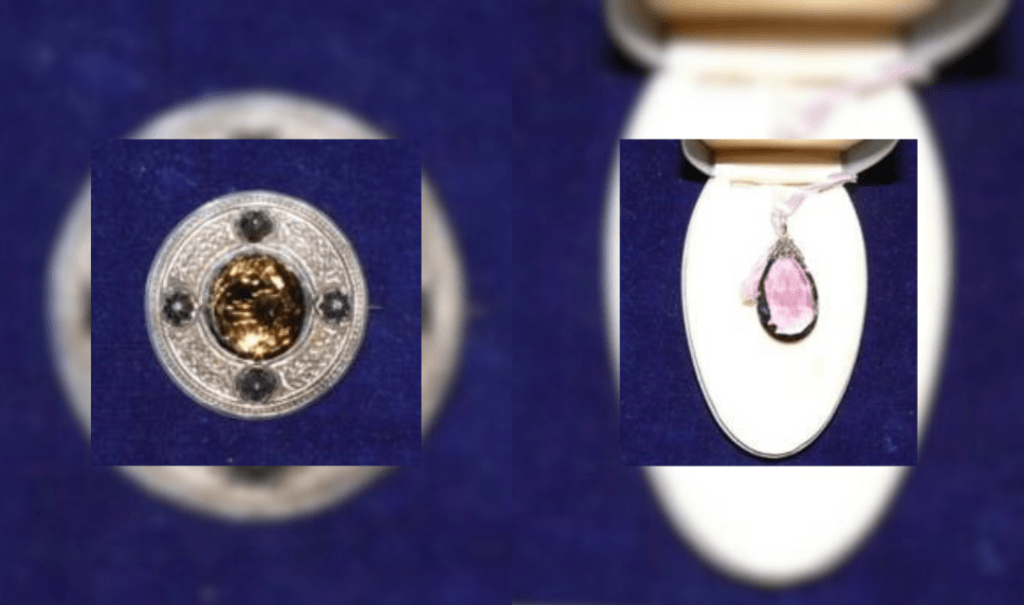You could say that Emily Wilson’s interest in plants runs in her family: the Georgia native attended Auburn University, graduating from the College of Agriculture with a horticulture degree in Landscape Design, following in the footsteps of her mother who also graduated from Auburn with the same degree.
Whether gardening or rock climbing, Emily enjoys a wide range of outdoor adventures. Before moving to Asheville, she worked as a climbing and backpacking guide in Laramie, Wyoming.
“You can imagine how much fun that was,” Emily said, “but I missed my family and working with plants, so I came back home to the South.”
 Emily joined Biltmore’s horticulture team in 2012 and rose to the role of Lead Gardener at the Inn on Biltmore Estate. “It’s a wonderful place to work because of the wonderful people who work there,” she said, “so when the opportunity arose to become the estate’s rosarian, it was really difficult for me to leave those folks at the inn.”
Emily joined Biltmore’s horticulture team in 2012 and rose to the role of Lead Gardener at the Inn on Biltmore Estate. “It’s a wonderful place to work because of the wonderful people who work there,” she said, “so when the opportunity arose to become the estate’s rosarian, it was really difficult for me to leave those folks at the inn.”
According to Emily, taking care of Biltmore’s Historic Rose Garden is a dynamic job. “As highly scrutinized, ornamental plants that have a lot of pest and disease pressure, it takes a considerable amount of care to keep roses looking their best,” Emily explained. “Plus, there are over 2,000 roses in the garden…that’s a lot of roses!”
Some of Emily’s basic rosarian responsibilities include managing insect and disease problems, managing soil quality and the plants’ nutrition and irrigation needs, assessing rose quality, ordering new roses, rose installation, pruning, deadheading, mulching, weeding (yes, even Biltmore gets the occasional weed!), and so much more.
 “We also host International Rose Trials,” said Emily. “Rose breeders from all over the world send their roses to us to be trialed. We plant these ‘newfangled’ roses and grow them for a few years. During this time judges come to assess their quality, and at the end of three years the best roses are given awards for excellence. The purpose of these trials is to find the most beautiful, disease resistant, quality roses that just about anyone can grow, and we hope it will allow rose gardening to seem accessible to everyone.”
“We also host International Rose Trials,” said Emily. “Rose breeders from all over the world send their roses to us to be trialed. We plant these ‘newfangled’ roses and grow them for a few years. During this time judges come to assess their quality, and at the end of three years the best roses are given awards for excellence. The purpose of these trials is to find the most beautiful, disease resistant, quality roses that just about anyone can grow, and we hope it will allow rose gardening to seem accessible to everyone.”
Surprisingly, Emily used to think she didn’t much care for roses. “I don’t know—maybe it was the thorns or the notoriety,” she said, “but look at me now—I’m starry-eyed and rose-obsessed!”




















 Floral designers also take into account what they know about the individual tastes of the Vanderbilts. “Mrs. Vanderbilt loved roses,” Cathy says, so the team makes use of roses from the gardens while they are blooming in addition to flowers from distributors. Greenery is cut from around the estate and arrangements are switched out on Thursdays and Fridays.
Floral designers also take into account what they know about the individual tastes of the Vanderbilts. “Mrs. Vanderbilt loved roses,” Cathy says, so the team makes use of roses from the gardens while they are blooming in addition to flowers from distributors. Greenery is cut from around the estate and arrangements are switched out on Thursdays and Fridays.

 (Right) Standing portrait
(Right) Standing portrait


 How our tradition began
How our tradition began The celebration continues
The celebration continues “A Vanderbilt Christmas”
“A Vanderbilt Christmas”